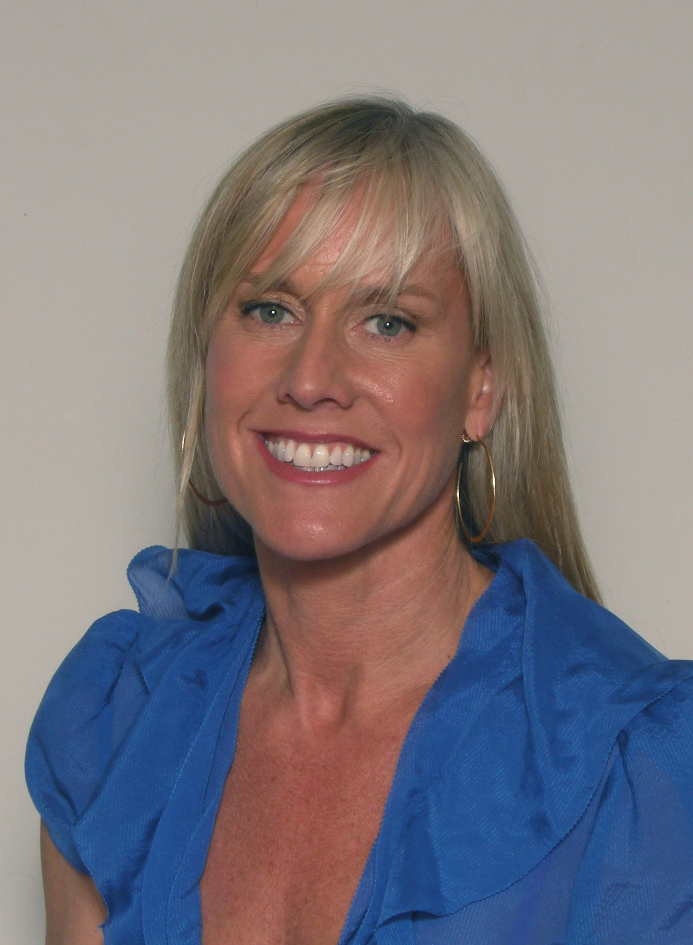Maureen Erbeznik, Water Conservation Program Champion

“The WaterCompass pilot may well be one of the most effective water conservation programs I’ve been associated with this year.”
— Maureen Erbeznik
Owner
Maureen Erbeznik & Associates
As a champion of water conservation in Southern California for more than 30 years, Maureen Erbeznik continually faces a unique challenge: it’s too cheap.
Despite droughts, bond-financed water infrastructure projects, and loads of restrictions, the actual cost of water continues to stay low, which means there is little incentive for companies to dedicate themselves to efficiency and reducing water waste.
“Billions of dollars are being spent on energy conservation programs,” says Erbeznik, “but much less on water conservation because these projects are ROI driven.”
As the head of her own energy and water efficiency consulting firm, Erbeznik has led the scope and roll out of various water conservation initiatives in California for years.
Beyond water cost, another challenge she faces is the fragmentation of water agencies. There are over 400 public water agencies in California, which hampers their ability to individually gain economies of scale for large impact conservation programs. In contrast, energy providers such as PG&E, San Diego Gas and Electric, and Southern California Edison, the three largest investor-owned utilities (IOU), deliver 75 percent of electricity supply in California.
Water Conservation Programs Rolled Out for MWD and Others
Despite all of these challenges, Erbeznik and her team have earned top marks for consulting on multiple aspects of energy and water efficiency programs. They design, assess and implement programs for clients like SoCal Water$mart, the Los Angeles Better Buildings Challenge, and the Alliance for Water Efficiency.
SoCal Water$mart is a successful program of the Metropolitan Water District of Southern California (MWD), a wholesaler that delivers water to 26 water agencies. MWD pools its resources to implement large impact water conservation programs in the region. Its mission is to provide its service area with high-quality water in an environmentally and economically responsible way.
Sometimes, success comes easily to Erbeznik, such as a program she recommended for the Los Angeles Police Department (LAPD). Many of their police stations have their own car washes, and the city suspected there were leaks at some of the sites, but couldn’t prove it. The city installed WaterCompass, a water flow monitoring service, at 14 locations, and immediately detected several water leaks at a handful of sites. At one site, a bypass valve was locked in the “on” position, sending over 600 gallons per hour down the drain. The city estimates that over $100,000 could have been saved per year if leaks were being actively monitored. For the LAPD, the WaterCompass leak and flow monitoring service returned its investment at all 14 sites in a matter of months.
“We’re still in the early stages of this program but the WaterCompass pilot may well one be the most effective water conservation program I’ve been associated with this year,” says Erbeznik.
Best Water Conservation Opportunities and Technologies Identified
This is just one example in a quarter century of Erbeznik’s mission. But no matter the challenge, her process always starts with identifying large impact energy or water saving opportunities and the best technologies to address those opportunities. Then, programs and incentives are structured to encourage adoption of those solutions, with political and community support and funding.
For many of her programs, education is the most critical path to success, because people bring along a lot of long-held yet easily debunked opinions. For example, SoCal Water$mart distributed $300 million in rebates to customers who removed turf from their property and replaced it with more climate appropriate landscapes. Even though this was the largest water rebate program in nation, only 2 percent of the total turf in the Southern California area was removed. Erbeznik attributed this to a simple barrier that they didn’t overcome – people love turf – its green and its easy.
Barriers to Adoption of Water Conservation Programs Studied
Undeterred, she worked with the non-profit Alliance for Water Efficiency to study entrenched attitudes toward landscape and how to change them.
The survey uncovered participant attitudes toward landscape and water use, as well as what would motivate them to replace lawns with drought tolerant landscapes. It led to some surprising revelations. Most notably, that participants had a number of misconceptions about their own water use. They believe most of their water use was indoors and that the equipment they had was already efficient. Most of the participants want to replace a portion of their lawn with drought tolerant plants, but need more design help to accomplish this.
“As a result of severe droughts and education, there is a slowly growing awareness of the beauty of sustainable landscapes,” says Erbeznik. “Yard-by-yard, a shift away from traditional, high-water use landscapes is taking place.”
As Erbeznik continues her ongoing push for water efficiency, every client, incentive program, and outreach yields positive results. But because it is such a large, intricate problem, fighting through corporate bureaucracy and end user misinformation, there are always new challenges to overcome and new methods to roll out.
But after 30 years of helping Southern California use less water, Erbenzik has found one thing that has never come close to drying up: her will to keep pushing forward for change.
Learn more about WaterCompass®, a flow monitoring service that continuously monitors leaks and water usage of one or more sites from a single dashboard, including domestic water, cooling towers, and irrigation systems.

